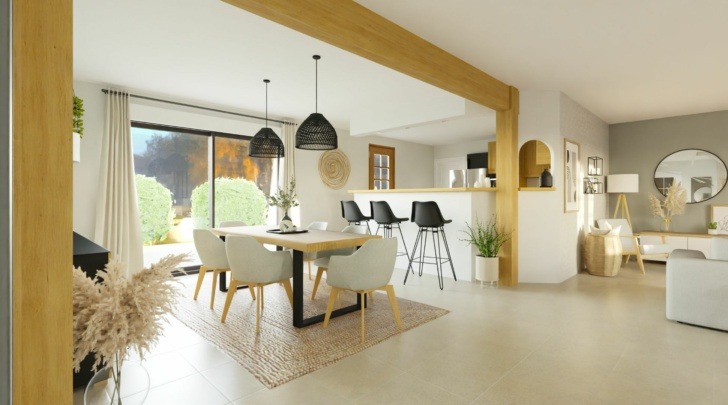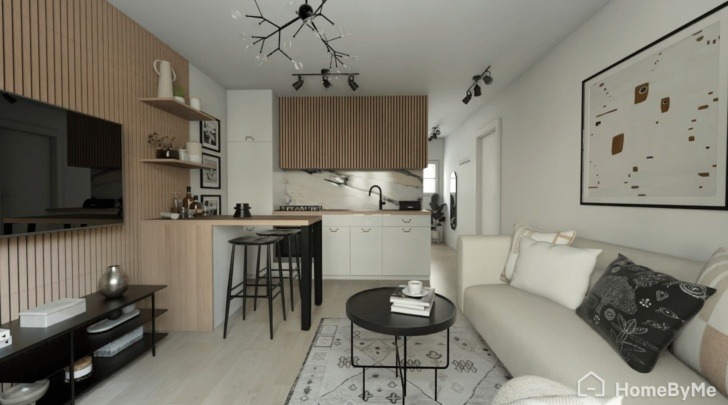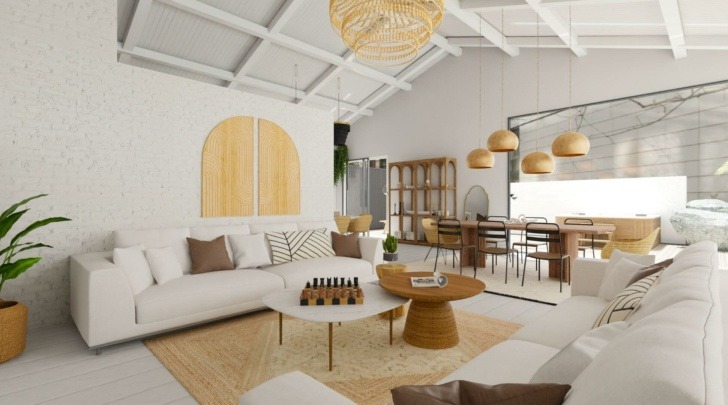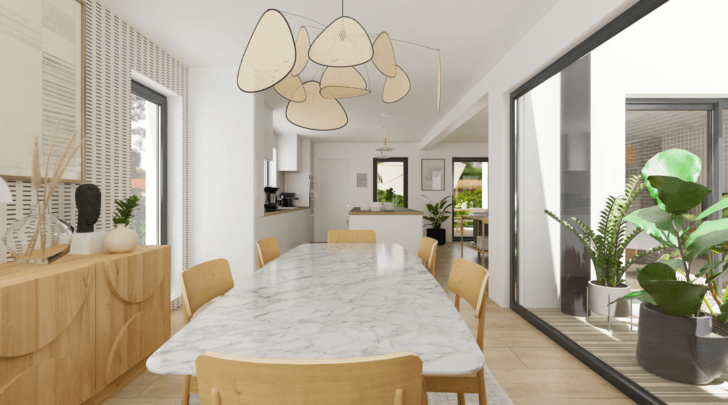How to Organize the Kids Room: Tips for a Well-Planned Space
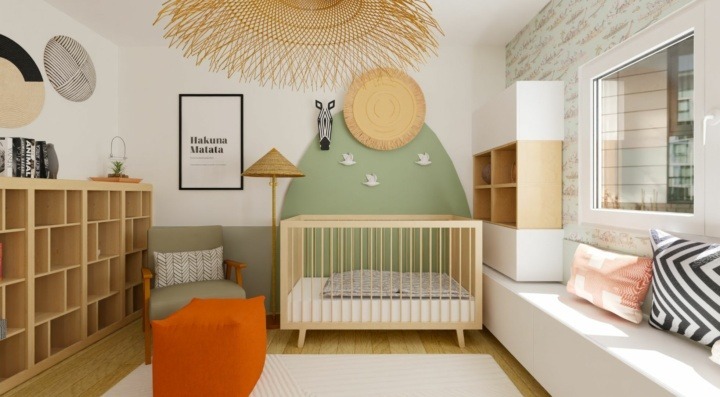
Make any kids room designs quickly
Try it virtually and show it in 4K
Be sure everything is flawless
Discover expert tips and strategies for organizing the kids’ room using free design tools that can help you plan with 3D illustrations.
Creating an organized and practical kids’ room is a priority for both interior designers and homeowners. It sets the stage for a clutter-free and inviting space where children can thrive, play, and learn.
The key to achieving this lies in a well-designed floor plan that maximizes the available space and optimizes storage solutions. With the help of advanced tools like 3D home design software, designing and organizing kids’ rooms has become easier than ever.
These innovative tools provide a virtual playground for creativity, allowing users to plan, experiment, and visualize their ideas with incredible accuracy.
Below, we share valuable tips and strategies for organizing kids’ rooms, with a focus on utilizing intuitive design tools to plan and illustrate your ideas.
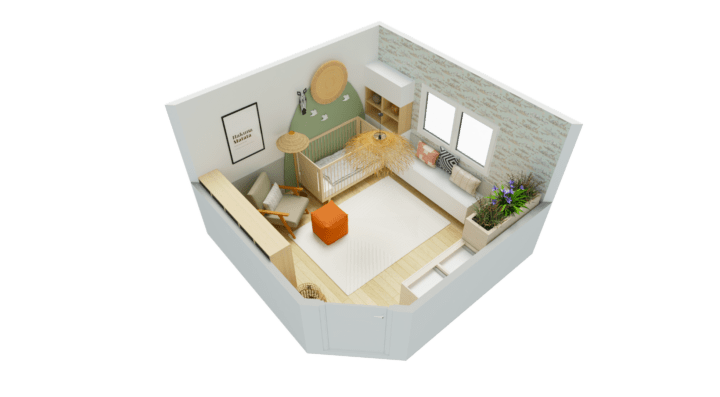
The 3 Must-Haves for Toddler Room Organization
When it comes to organizing a toddler’s room, there are unique considerations to keep in mind. Here are some tips tailored specifically for toddler room organization.
Safety First
Ensure that furniture and storage units are securely anchored to the wall to prevent accidents. Use corner guards and childproof locks on cabinets and drawers to keep curious toddlers safe.
Child-friendly Storage
Opt for low-level storage solutions that allow toddlers to access their toys and belongings independently. Use colorful bins or open shelves to make it easier for them to put away toys after playtime.
Labeling
Incorporate picture labels or simple word labels on bins and drawers to help toddlers identify where items belong. This fosters independence and encourages tidying up skills from an early age.
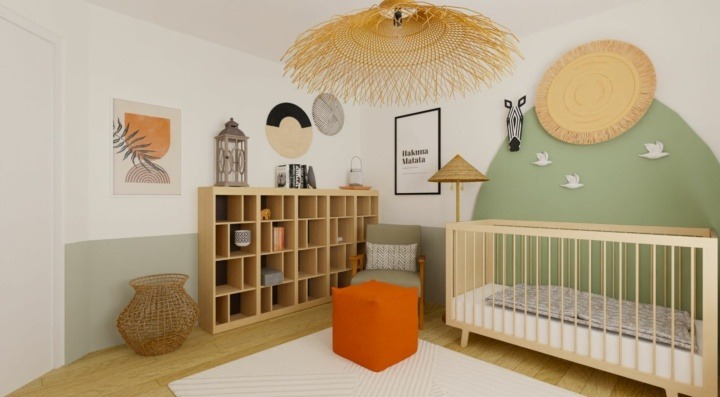
Kids Room Organization Ideas
Let’s explore some creative kids room organization ideas that can transform chaotic spaces into well-structured havens of play and relaxation. Here are a few tips:
Designated Zones
Create designated zones within the room for different activities such as sleeping, studying, playing, and dressing. Use furniture placement and rugs to define these zones and ensure a smooth flow within the space.
Customizable Storage Solutions
Invest in modular storage units that can be easily adapted to changing needs. Use bins, baskets, and labeled containers to keep toys, books, and art supplies organized. Incorporate wall-mounted shelves and hanging organizers for additional storage space.
Utilize Vertical Storage
Maximize the available floor space by utilizing vertical storage options. Install wall-mounted bookshelves, pegboards, or hanging nets for storing stuffed animals, hats, and other items. This not only saves space but also adds an element of visual interest to the room.
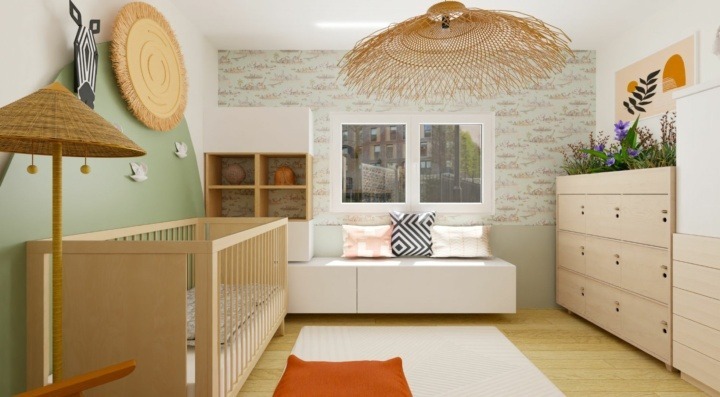
Organizing Kids Rooms with 3D Home Design Software
3D home design software can greatly assist in planning and visualizing the organization of the kids room.
How to create a well-organized space
1 Start with measurements to produce an accurate rendering of the room
Once you’re in the grid interface of the home planner, you will need the measurements of the room, including walls, windows, and doors.
Choose whether you want to add walls to build the outline of the room or use a template by clicking on the “Build” tab.
As you form the room, input the measurements by double-clicking on the corresponding dimensions to create an accurate representation of the space.
2 Choose storage solutions and age-appropriate furniture
Browse the online library available in HomeByMe to source products and materials using the “Furnish” and “Decorate” tabs.
Select child-appropriate furniture pieces, such as a comfortable bed, study desk, or storage units suitable for toys and clothes.
Drag and drop these items onto the virtual floor plan, arranging them to create an organized layout.
3 Play around with different layouts by dragging items around the room
Experiment with multiple options to find the most functional and aesthetically pleasing setup.
Consider traffic flow, accessibility, and the child’s needs when positioning furniture within the room.
4 Explore color schemes or wallpaper designs
HomeByMe allows you to play around and experiment with every feature, including paint colors and wallpaper designs.
Use this feature to visualize how different colors or patterns can transform the ambiance of the room.
Opt for bright and cheerful colors that promote a lively and playful atmosphere.
5 Visualize, refine, and make final touches
Once you’ve created the initial floor plan and incorporated furniture and storage solutions, use HomeByMe’s 3D rendering capabilities to visualize the kids’ room in a realistic way.
Take a virtual tour of the space and make refinements to achieve the desired outcome.
Collaborate with colleagues, clients, or family members by sharing a link so they can also take a tour of the proposed design.
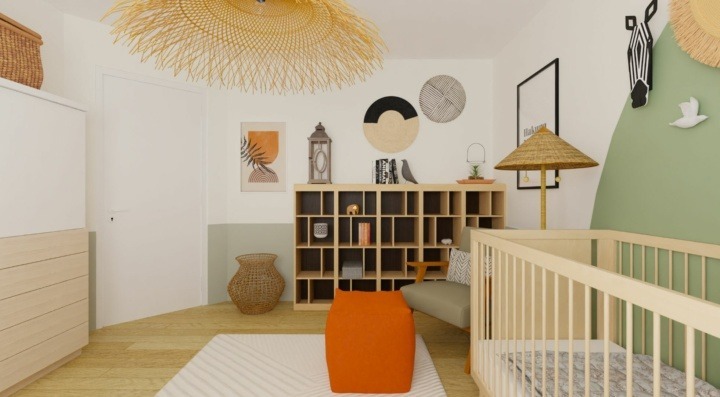
By utilizing the user-friendly features of HomeByMe and putting these practical tips into action, designers can effortlessly plan and create well-organized room layouts that perfectly cater to the unique needs and interests of children.
Start using HomeByMe today and unlock endless possibilities in creating beautifully organized kids’ rooms that inspire growth, imagination, and joy.
Make any kids room designs quickly
Try it virtually and show it in 4K
Be sure everything is flawless
Make flawless Design plans

